The digital currency revolution in the United States is at a pivotal moment as Senators Cynthia Lummis and Kirsten Gillibrand lead a bipartisan initiative to fine-tune cryptocurrency regulations, paving the way for a safer and more secure landscape for crypto traders and investors nationwide.
With the rapid evolution and increasing adoption of cryptocurrencies, these senators are making significant progress in shaping a constructive regulatory framework for digital assets. Lummis, in particular, has earned praise from cryptocurrency enthusiasts on social media for her unwavering commitment to creating a favorable environment for the crypto industry.
The senators have been working diligently on a comprehensive crypto bill that is expected to make a groundbreaking stride in Congress in the near future. While initially anticipated to be introduced in April, the bill has generated great anticipation among industry stakeholders.
A significant victory for these lawmakers was the successful veto of a proposed 30% tax on digital asset mining during a recent debt ceiling deal. However, Lummis acknowledges that there are still hurdles to overcome in the quest for a transparent and well-regulated crypto industry.
The forthcoming bill aims to address ambiguities in the crypto world, including the classification of tokens as securities. By providing clear definitions and classifications, the legislation aims to bring stability to the volatile business environment for crypto investors and companies. This, in turn, will encourage responsible growth and foster innovation within the sector.
Gillibrand emphasizes the need for explicit guidelines on token acquisition procedures, recognizing the complexity of the crypto landscape. The revised bill will address various aspects of tokenization, simplifying the intricate world of cryptocurrencies for the average investor.
Additionally, the proposed bill is expected to include a ban on algorithmic stablecoins. However, ongoing discussions are focused on determining the authority to issue stablecoins and establishing requirements for U.S. dollar reserves. These discussions underscore the complexity and depth of the task at hand.






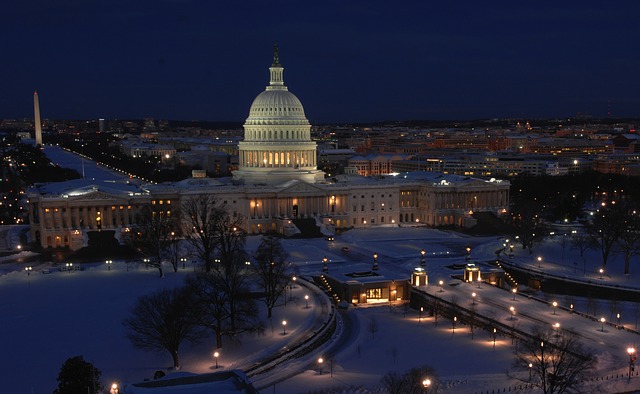


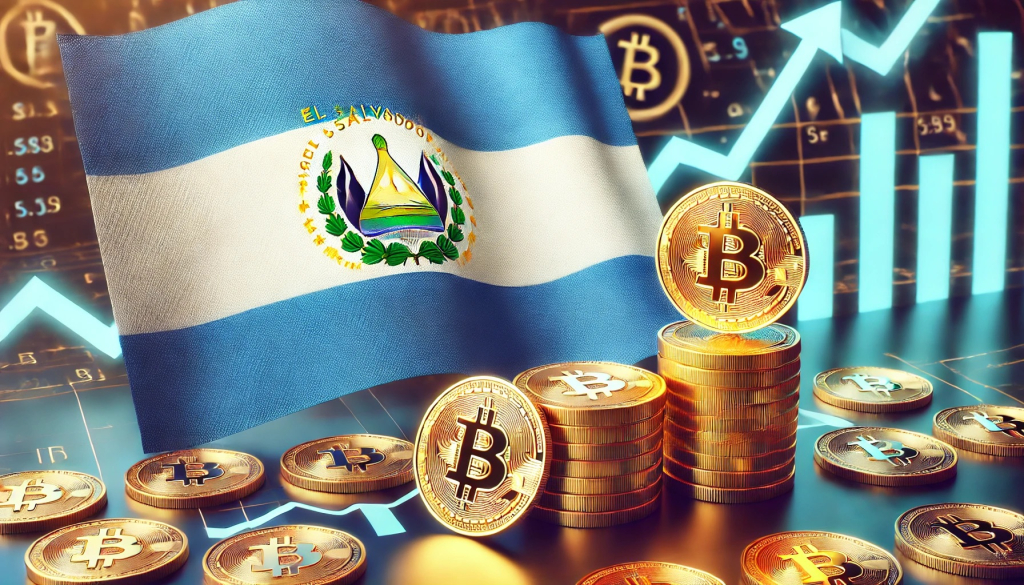
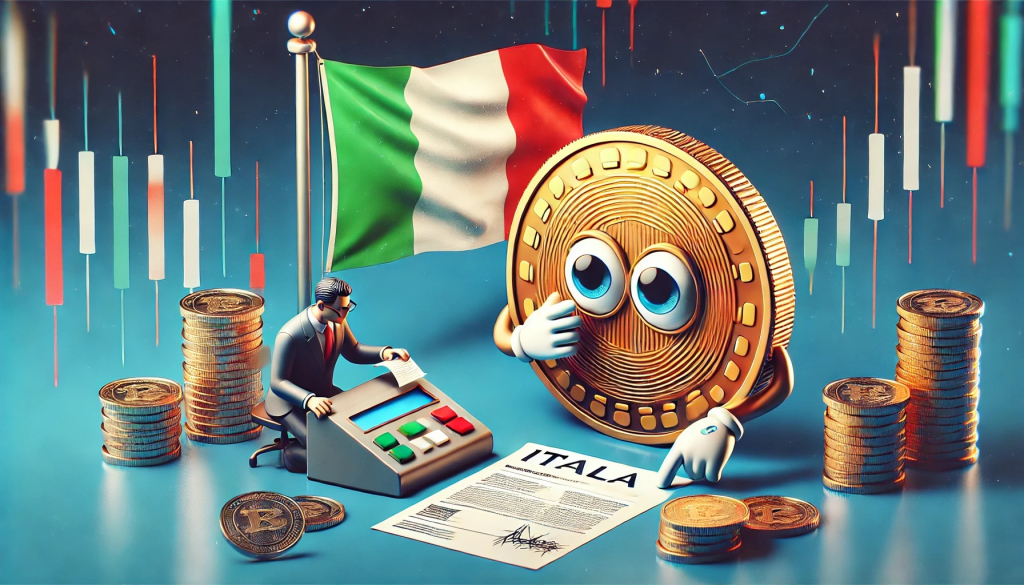




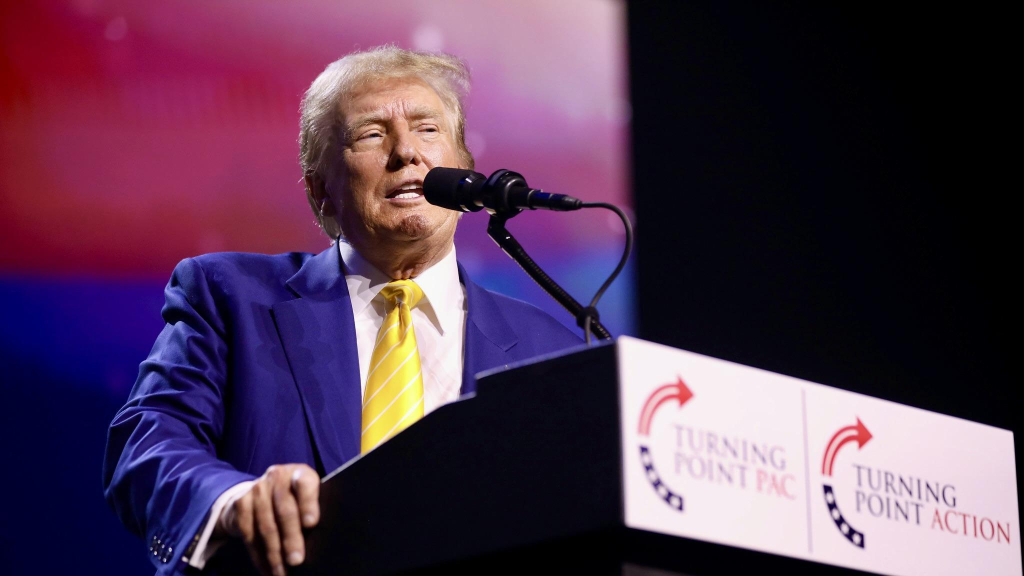


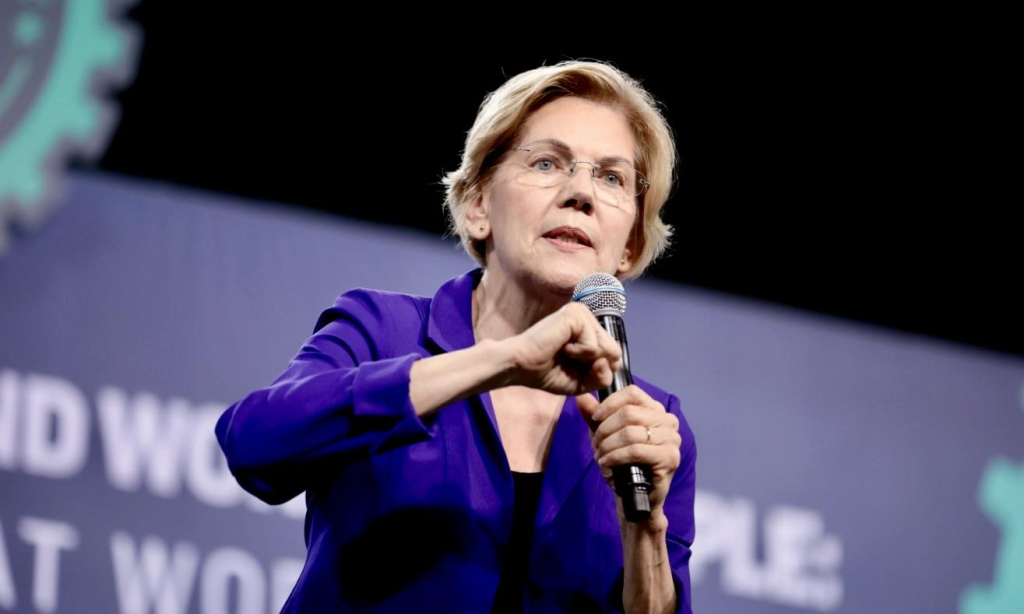




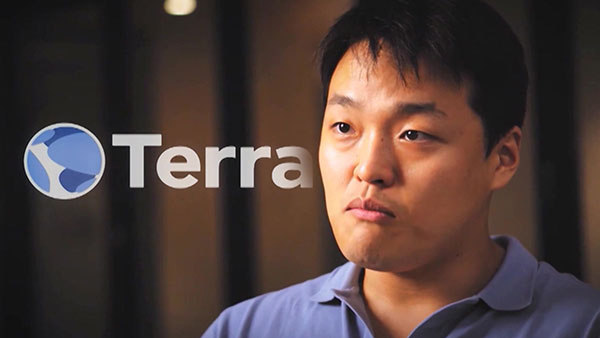
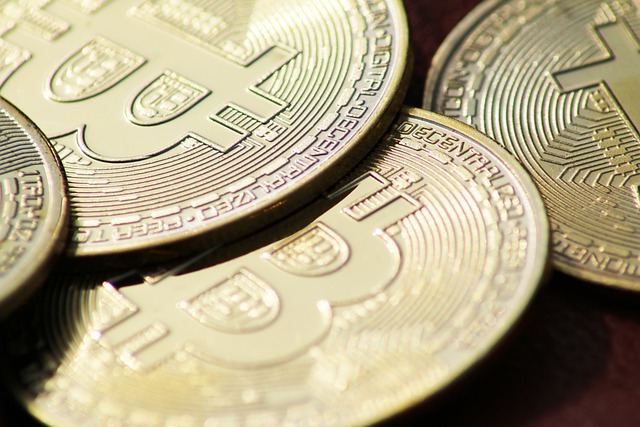

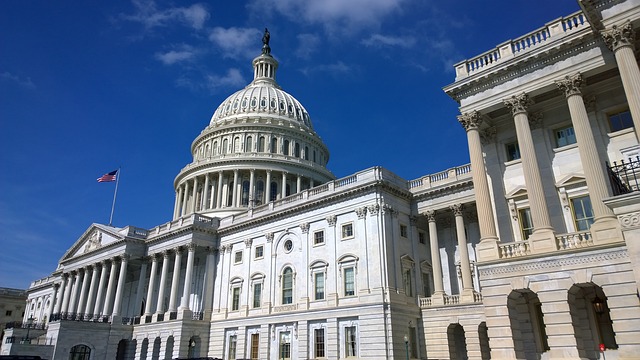

Comment 0